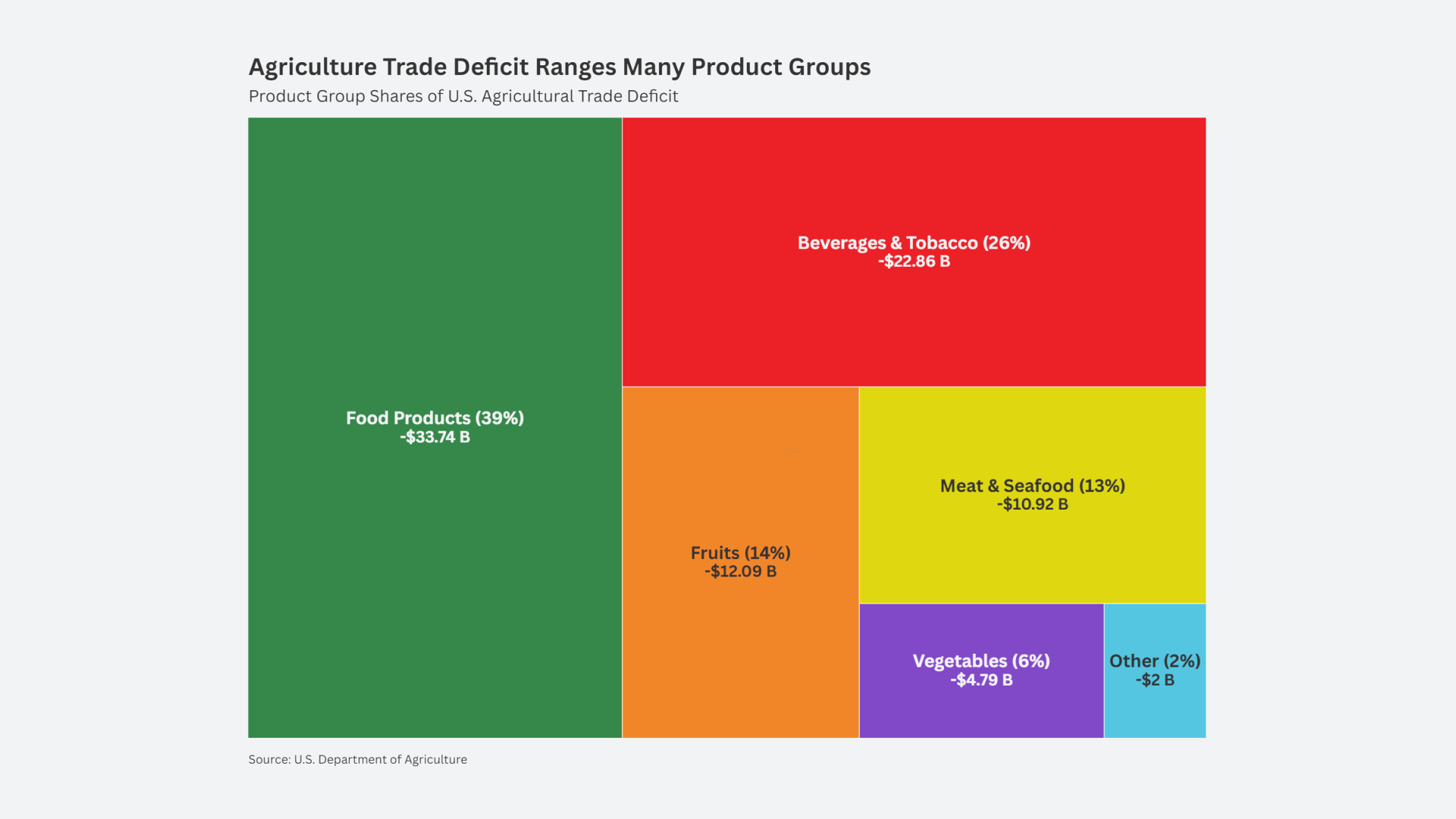Originally published in Huffington Post
At last month’s Paris Air Show, China showed off its latest military drone, an unmanned intelligent computer-controlled vehicle called the CH-5.
By Jeff Ferry, CPA Research Director
Military experts were impressed. The CH-5 has a range of 20,000 kilometers (12,000 miles), and can stay aloft for up to 50 hours. “You can just imagine a drone carrying eight missiles and watching you from above non-stop for 24 hours,” boasted Shi Wen, described by Motherboard magazine as the “chief designer” of the aircraft.
The CH-5, nicknamed Rainbow, has a superficial resemblance to America’s leading-edge military drone, the MQ-9 Reaper. Both have wingspans of about 66 feet and both have an upward V-shaped tail. The Reaper can carry a payload 50% greater than the Rainbow. However, Chinese executives claim the Rainbow has a significantly greater endurance (time aloft) due to a more energy-efficient engine. The Chinese also claim to have equipped the Rainbow with wall-penetrating radar, more advanced than any system on any U.S. drone.
From the business point of view, the CH-5 is far less expensive. One media source quotes the Chinese craft’s price tag at $1 million to $2 million, compared to $30 million for a Reaper. The Chinese are aggressively marketing their military drones, claiming an order for 300 of them from Saudi Arabia. They are targeting Middle East and other nations where the U.S. is reluctant to sell such advanced technology. The Chinese CH-5 is thus not only a military force for the U.S. military to reckon with, but by arming its allies and business partners with CH-5s, the Chinese can influence global foreign policy and the international balance of power. It’s not too far off, say military commentators, that we could see wars over the seas around Asia and the Middle East fought by large fleets of drones.
Losing the Civilian Battle
In terms of military technology, the U.S. is still well ahead of China, according to U.S. military experts. In areas like software and communications networks, the U.S. is the world leader. But on the civilian side, it’s a different story. China is the world leader in the civilian drone industry. Chinese drones dominate the market in both Asia and the U.S. Unlike the computer industry, where the name on the box, and a large chunk of the design and engineering work is often done in the U.S., drone companies are owned, branded, designed, and manufactured in China by Chinese companies.
According to a recent article in online tech publication Recode, “DJI is running away with the drone market,” Chinese drone startup DJI has 50% of the market for drones priced at $1,000 and above and as much as 70% of the total civilian market. Its Phantom and Mavic Pro models are widely used for aerial photography. According to online gossip, DJI revenue is running at some $1.4 billion a year, and profit last year could have been as much as $460 million last year.
Who are the U.S. players in civilian drones? Nada. GoPro has a drone which had to be recalled following teething problems. And onetime U.S. drone wannabe market leader 3D Robotics has abandoned the business, focusing instead on software.
In the U.S. it’s common to describe drones as an industry of the future. In China, they describe it as an industry of the present. Online retailer JD.com has a fleet of 30 drones that are busy daily delivering packages to rural consumers. JD is planning to build 150 drone delivery sites in one province alone within the next three years. The company envisages using drones extensively in China’s sparsely populated western areas, as well as in neighboring countries to the west, along the “One belt, one road” trade route now under construction. According to the Financial Times, Chinese drone startup EHang claims to have recently won a $1 billion order for 1,000 drones that will be used partly by medical customers to deliver human organs for transplant.
With U.S. analyst firms estimating the global drone market as a $4 billion market today and growing at between 20% and 40% a year, why is the U.S. a no-show? The generally accepted answer is that U.S. rules and regulations, make it uneconomic to build a drone business here in the U.S., except for use as a toy (or a military weapon). Restrictions on the height they can fly, the need to keep them in line of sight of the owner, and other strict Federal Aviation Agency rules make it uneconomic to sell drones for commercial purposes. Those commercial purposes exist of course, and some of them, such as crop spraying or performing aerial checks on electric transmission lines, are obvious lucrative commercial applications. But until U.S. regulations change, it’s impossible to see us developing a serious drone industry.
Civilian/Military Synergies
The drone industry matters to our civilian economy and our military capability. A civilian drone industry is an excellent opportunity to generate substantial value and create employment while introducing new services like crop spraying or rural delivery that potentially benefit millions of consumers and businesses. And while we are the clear leader today in military drones, technological progress is usually the result of a large investment of research and development dollars. A large civilian industry combined with a military industry maximizes R&D, with benefits for both sides. That’s how the U.S. ended up with the best fighter jets in 20th century wars, leading in the computer industry, and winning the race to the moon. The military on its own, however big the Pentagon budget, can’t match the spending of a global consumer industry. So kick-starting our civilian drone industry should be a high priority for our government in Washington.
There is a mindset left over from Cold War days where we Americans implicitly assume that we are technological leaders and we can always outspend our international rivals. It’s time we all wake up to the 21st century reality. China may be behind us in many key technologies, but they are ahead of us in some. And in many others, their well-orchestrated investment plans are highly likely to make them world leaders. China is even developing startup myths that read just like the myths created by Silicon Valley image consultants. According to Silicon Valley consultant Sramana Mitra, DJI was founded by young Chinese entrepreneur Frank Wang Tao. As a kid, Tao built remote controlled helicopters that crashed into buildings, upsetting parents and teachers. He went on to Hong Kong University of Science and Technology where he built early drones in his dorm bedroom. He then founded DJI, raising $105 million in funding from investors including top Silicon Valley venture firms Accel Partners and Sequoia Ventures. Today DJI is reportedly worth over $10 billion. Remember the drone that crashed into the White House in 2015? That was a DJI Phantom.
Air safety is critically important of course, and the FAA has done a great job keeping American air travel very safe. But there’s an economic opportunity in drones too, with huge military ramifications. It’s time for the USA to let it fly.













